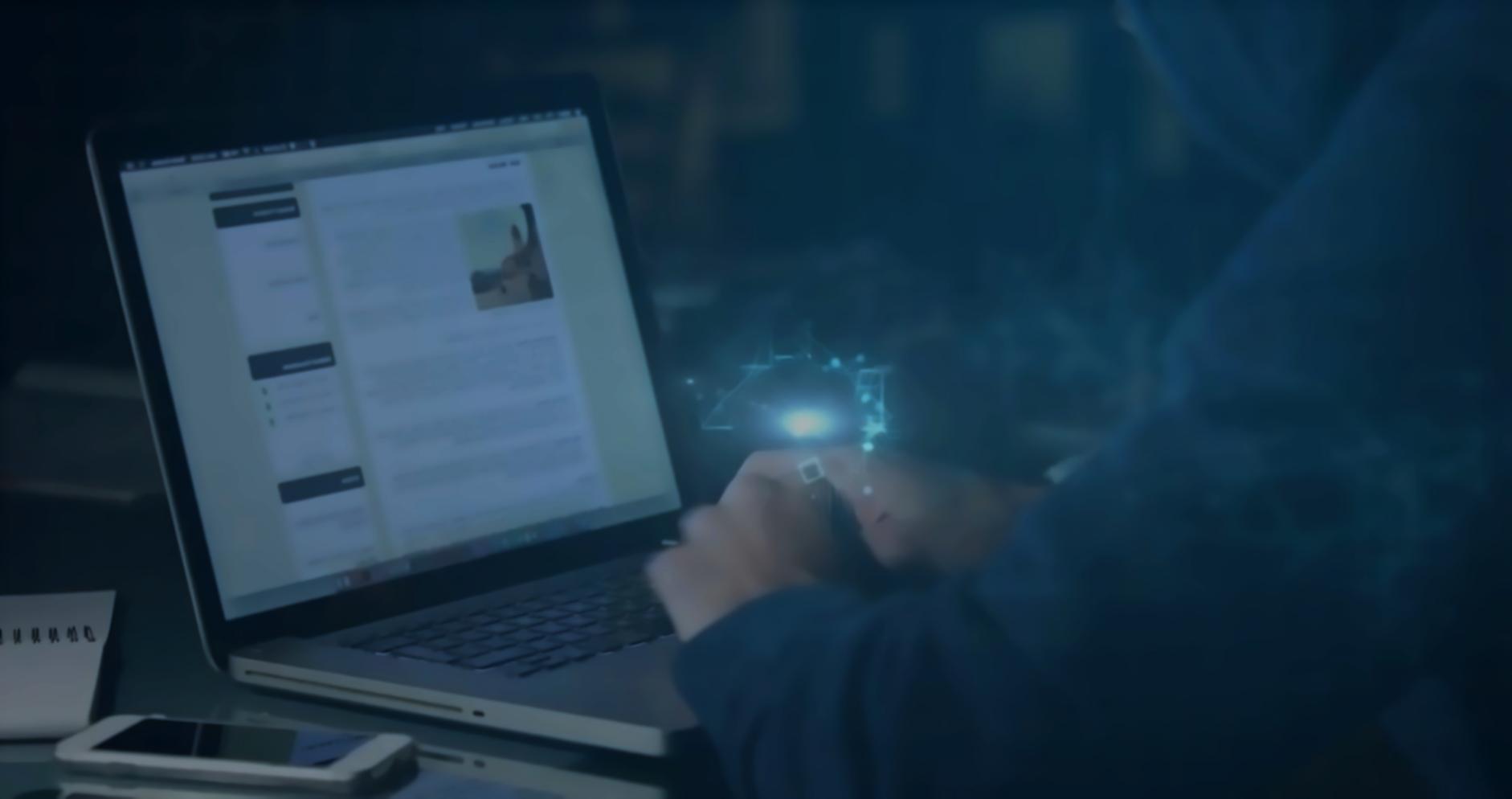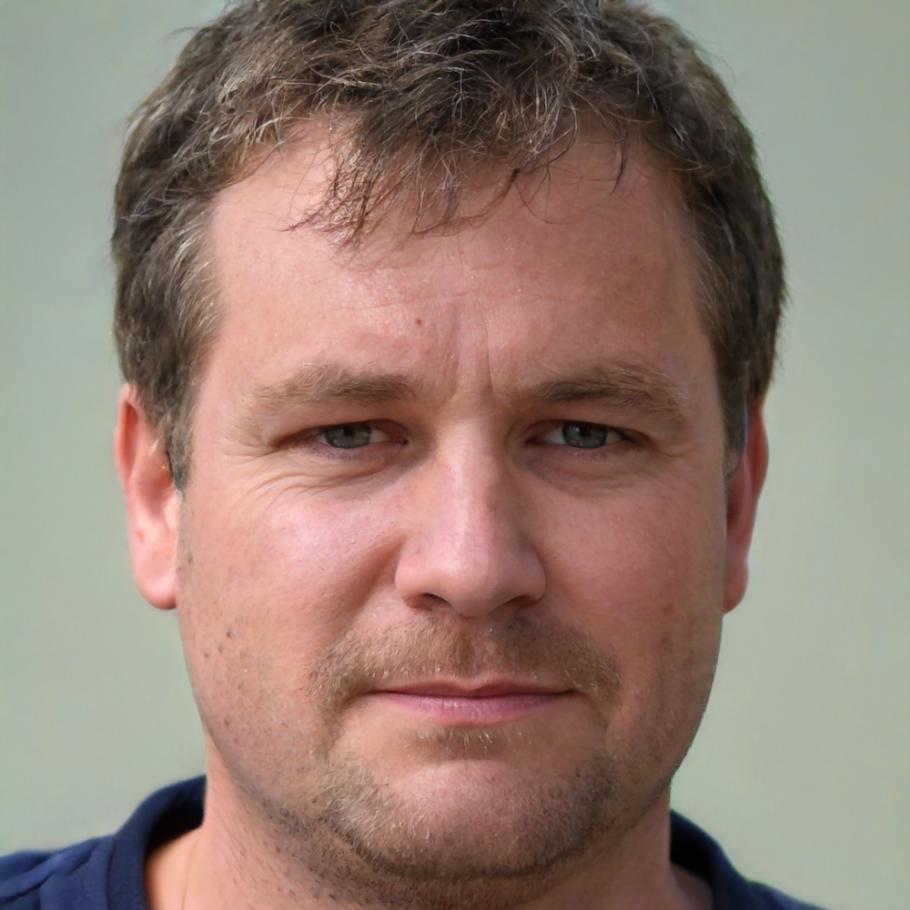We teach lighting because games feel better with it
Started in 2019 when Radovan Teplický got tired of seeing flat-looking indie games. Turned into something bigger when students started shipping actual titles. Now we run practical courses that focus on what makes scenes believable.
Where it started
Radovan spent years working on lighting for mid-sized studios in Central Europe. One thing kept coming up: junior artists would join teams without understanding how light actually behaves in 3D space.
So he started recording tutorials. Simple stuff at first. How to fake bounce light. Why your shadows look wrong. The response was immediate and people wanted more structured learning.


Radovan Teplický
Lead InstructorSpent 12 years lighting environments for games you've probably played. Worked on everything from mobile titles to console releases. Got into teaching because explaining things helps him understand them better.
These days he splits time between course development and consulting for studios in Slovakia and neighboring countries. Still lights scenes for client projects when schedules allow.
How we got here
Six years of figuring things out. Some worked, some didn't. Here's what happened along the way.
First recordings
Started with basic YouTube videos about common lighting mistakes. Equipment was terrible but people watched anyway. Realized there was real demand for this.
Structured curriculum
Built out the first proper course over four months. Eight weeks of material covering fundamentals through advanced techniques. Forty students enrolled in the pilot.

Studio partnerships
Local studios started sending their junior artists through the program. Added custom modules for team training. Had to upgrade everything to handle larger groups.
Texture workshops
Launched specialized courses on material creation and texture work. Students kept asking about it so we developed dedicated content. Turns out lighting and textures go together.
What makes our courses different
We focus on practical skills that actually show up in production. No theory for theory's sake. Everything connects to real work you'll do.



Project-based learning
Each module builds toward a finished piece for your portfolio. You work on actual scenes that could appear in shipped games.
- Weekly assignments with detailed feedback
- Real asset constraints similar to production
- Performance considerations built into every lesson
- Review sessions where we troubleshoot together
Industry-relevant tools
We teach using the same software and workflows you'll find in studios. No academic detours or outdated techniques.
- Current engine versions and best practices
- Shader work that matches modern pipelines
- Optimization techniques studios actually use
- Direct application to professional projects